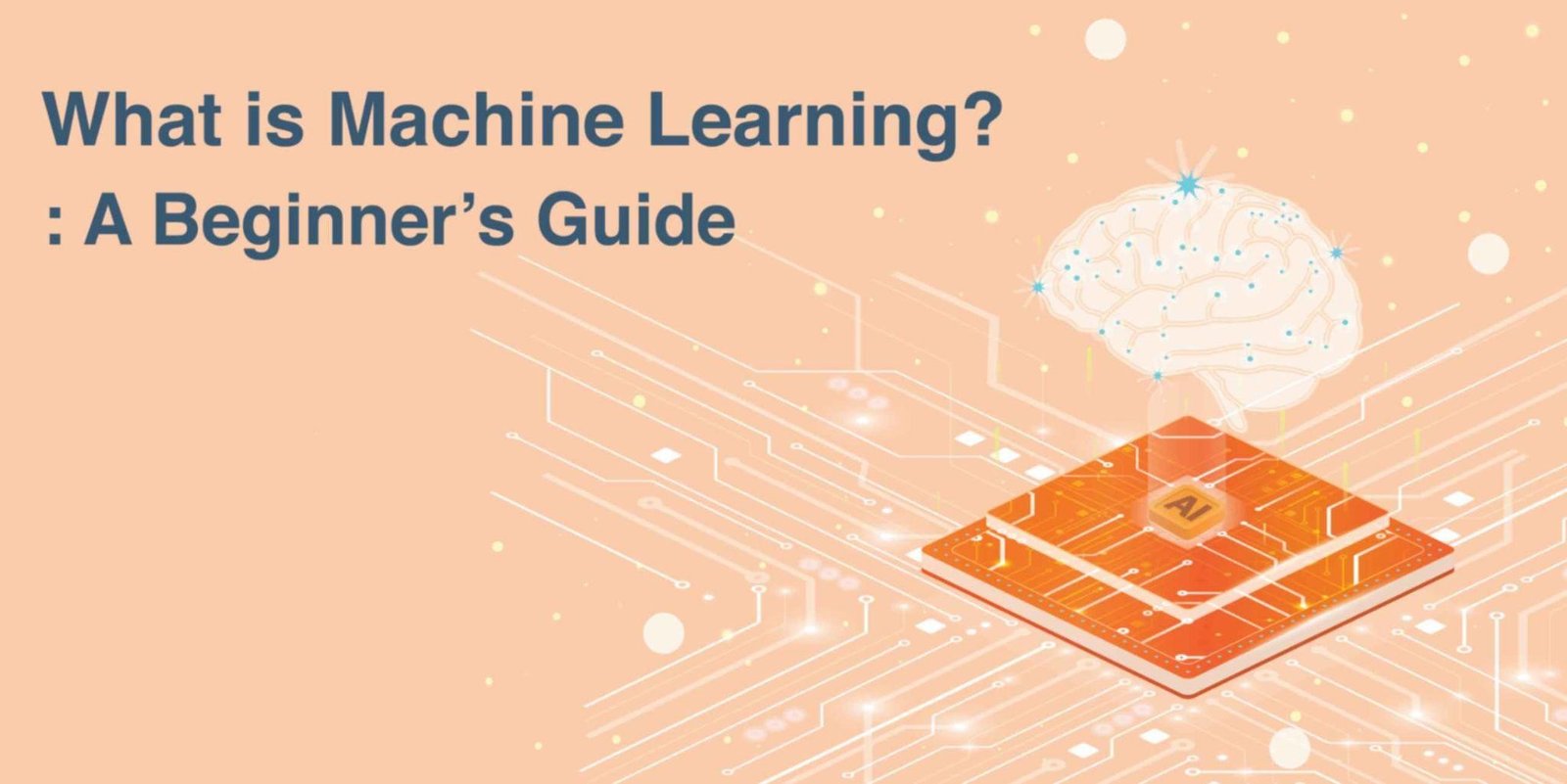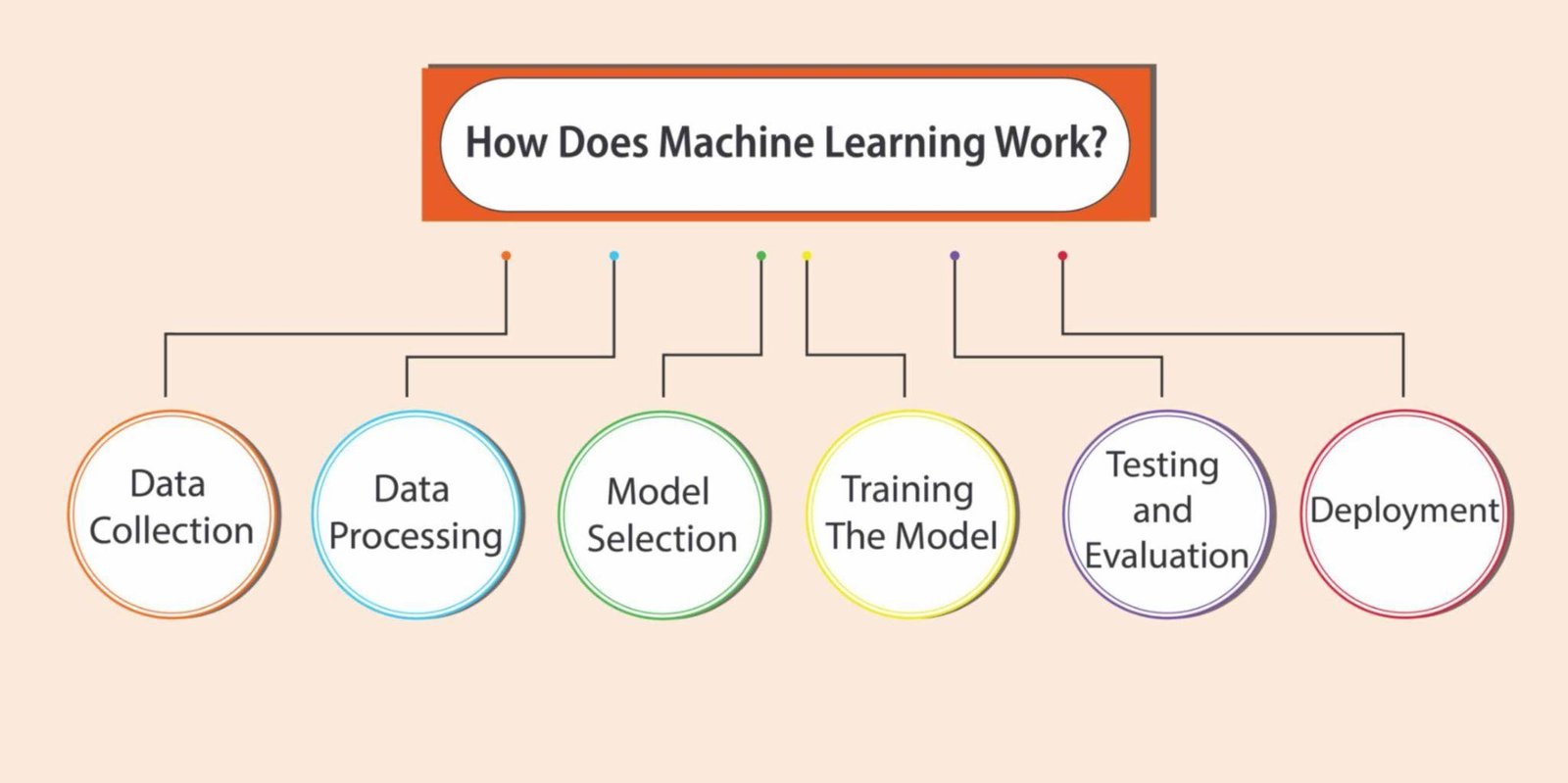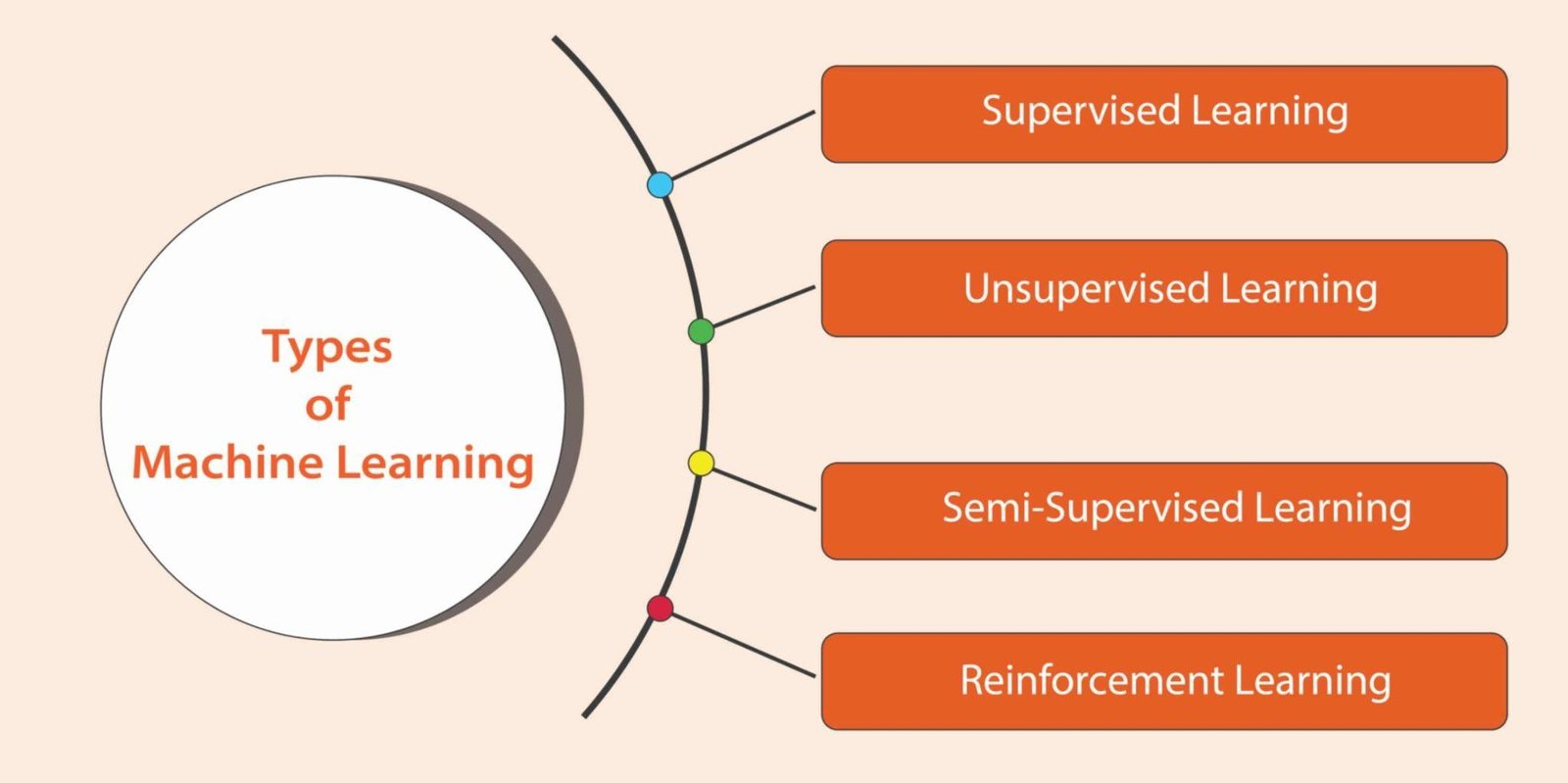What is Machine Learning? : A Beginner’s Guide

Industry transformation and our relationship with technology are being redefined by machine learning (ML). ML powers some of the most impactful innovations of the time, from voice assistants to fraud detection systems. As industries increasingly adopt data-driven strategies, the demand for skilled professionals in Machine Learning continues to rise. Whether you're a student aiming to build a career, a professional upskilling for the future, or an academic exploring the latest in artificial intelligence, understanding ML is now essential.
What Is Machine Learning?
A branch of artificial intelligence (AI) called machine learning allows systems to learn from data and make judgments without explicit programming. Unlike traditional software, which operates based on predefined rules, ML algorithms identify patterns and improve from experience over time. The more data an ML model is exposed to, the more accurately it can predict outcomes or classify information.
How Does Machine Learning Work?

At its core, Machine Learning involves feeding large volumes of data into an algorithm and training the model to understand relationships within the dataset. The process typically includes:
Data Collection:
Data collection is the process of obtaining high-quality, pertinent data.
Data Preprocessing:
Preprocessing data involves converting and cleaning it to guarantee consistency.
Model Selection:
Model selection is the process of selecting the best algorithm for a given problem.
Training the Model:
Using data to teach the model patterns is known as "training the model."
Testing and Evaluation:
Using fresh, untested data to evaluate the model's performance.
Deployment:
Implementing the model in practical applications is known as deployment.
Types of Machine Learning

Supervised Learning
The model is trained on labelled data. It gains the ability to map input data to the appropriate output.
Unsupervised Learning
The model is trained on unlabeled data and must find hidden patterns or groupings.
Semi-Supervised Learning
In semi-supervised learning, a significant amount of unlabeled data is combined with a modest amount of labelled data.
Reinforcement Learning
By interacting with an environment and getting feedback, the model learns by making mistakes.
Real-World Applications of Machine Learning
Healthcare
Predictive diagnostics, personalized medicine, and drug discovery.
Finance
Algorithmic trading, credit rating, and fraud detection.
Retail
Customer sentiment analysis, inventory optimization, and recommendation systems.
Transportation
Logistics planning, traffic forecasting, and self-driving automobiles.
Marketing
Lead scoring, targeted advertising, and customer segmentation.
Benefits of Machine Learning
Automation of Tasks
Less manual involvement is required for repetitive jobs.
Data-Driven Decision Making
Enables organizations to make informed decisions backed by real-time data insights.
Improved Accuracy
Learned from data to improve over time, offering highly accurate predictions.
Scalability
Easily applicable to various domains and adaptable to different scales of data.
Personalization
Delivers customized experiences across industries such as e-commerce and entertainment.
Challenges and Limitations of Machine Learning
Data Quality
Inaccurate, biased, or insufficient data can lead to poor model performance.
Interpretability
Some models, like neural networks, operate as black boxes, making them hard to interpret.
Overfitting
A model that performs well on training data but poorly on unseen data.
Computational Costs
It might take a lot of resources to train big models.
Ethical Concerns
Discriminatory results may result from bias in training data.
Beginner-Friendly Machine Learning Algorithms
Linear Regression
Predicts continuous values based on input features.
Logistic Regression
Used for binary classification problems.
Decision Trees
Decision trees are models that base their choices on a structure resembling a tree.
K-Nearest Neighbors (KNN)
Classifies new data points based on similarity to known examples.
Naive Bayes
Based on Bayes' Theorem, it is ideal for text classification problems.
Support Vector Machines (SVM)
Find the best boundary to separate data classes.
How to Get Started with Machine Learning?
Learn Python
The most popular language for ML due to its simplicity and extensive library support.
Understand Math Fundamentals
Focus on linear algebra, calculus, probability, and statistics.
Explore ML Libraries
Start with Scikit-learn, TensorFlow, and Keras.
Build Projects
Apply your knowledge to real-world datasets.
Take Certified Courses
Structured learning helps track progress and validate your skills.
Join ML Communities
Collaborate with peers, seek mentorship, and stay updated on the latest trends.
The Future of Machine Learning
Machine Learning is evolving rapidly with advancements in deep Learning, federated Learning, and AutoML. Integrating ML into edge devices, healthcare, and sustainable technology opens new frontiers. As AI becomes more democratized, the role of ethical ML development and explainable AI is gaining importance. The future holds promising career opportunities for professionals with strong foundations in ML.
How Does Bhrighu Academy Help You Excel in Your Career in Machine Learning?
Bhrighu Academy offers a robust learning platform tailored for aspiring Machine Learning professionals. Our Machine Learning courses combine:
Hands-on Projects
Apply concepts through practical, industry-relevant projects.
NASSCOM Certified Courses
Get certified with nationally recognized credentials.
Micro-Certifications
Short-term programs focused on trending ML topics.
Career & Placement Support
From resume building to interview preparation and job assistance.
Pathway Programs to Japan
Unique international exposure for those aiming to study and work abroad.
Whether you're a student starting, a professional switching fields, or an academic enhancing your profile, Bhrighu Academy ensures you're career-ready with real-world skills and credentials.
Conclusion
Machine Learning is at the heart of digital transformation across every industry. By mastering ML, you position yourself at the forefront of innovation and opportunity. With the proper guidance, tools, and mentorship, transitioning into a career in Machine Learning is an achievable goal. Start your journey today with Bhrighu Academy—enrol now and build a future-proof skill set in one of the most dynamic fields of technology.
Frequently Asked Questions
Which tools and libraries are used in Machine Learning?
Machine Learning relies on various tools and libraries, with Python being the most popular programming language. Key libraries include Scikit-learn for basic ML algorithms, TensorFlow and Keras for deep learning, Pandas for data manipulation, and NumPy for numerical operations. Tools like the Jupyter Notebook are widely used for experimentation and visualization. These resources help streamline ML models' development, training, and deployment efficiently and effectively.
What kind of datasets are used to train machine learning models?
Machine Learning models are trained using structured and unstructured datasets. These include numerical data, text, images, audio, and video. Structured data, such as CSV files with labelled rows and columns, is commonly used in supervised learning. Unstructured datasets are essential for tasks like image recognition and natural language processing. The quality, volume, and relevance of training data are crucial for building accurate and reliable ML models.
Can I learn Machine Learning without a Data Science background?
Yes, you can learn Machine Learning without a formal Data Science background. Beginners can start with foundational concepts in Python programming, linear algebra, probability, and statistics. Many beginner-friendly resources, certified courses, and hands-on projects—like those offered at Bhrighu Academy—are designed to guide learners with diverse academic and professional backgrounds. With consistent practice and real-world applications, anyone can build proficiency in ML over time.
What are the most popular types of Machine Learning?
The most widely used types of Machine Learning include Supervised Learning, where the model is trained on labelled data; Unsupervised Learning, which discovers hidden patterns in unlabeled data; Semi-Supervised Learning, a hybrid of the two; and Reinforcement Learning, where models learn through trial-and-error interactions with their environment. Each type has specific use cases and is selected based on the nature of the data and the problem being solved.
What are some real-life applications of Machine Learning?
Machine Learning has vast real-world applications across industries. In healthcare, it aids in disease prediction and drug development. In finance, it's used for fraud detection and credit scoring. E-commerce uses ML for product recommendations, while transportation benefits from traffic prediction and autonomous vehicles. Marketing leverages it for customer segmentation and personalized advertising. These examples show how ML enhances efficiency, personalization, and decision-making in diverse sectors.
What is model training in Machine Learning?
Model training in Machine Learning refers to the process of feeding data into an algorithm so it can learn from patterns and make predictions. During training, the model adjusts its internal parameters based on input data and output labels (in supervised learning). The goal is to minimize errors and improve accuracy. This process is followed by testing and evaluation to ensure the model generalizes well to new, unseen data.
What are some beginner-friendly tools or libraries for ML?
Tools like Jupyter Notebook offer an intuitive coding environment for beginners entering Machine Learning, while libraries such as Scikit-learn provide simple APIs for implementing core ML algorithms. Pandas help with data manipulation, and Matplotlib or Seaborn assist in data visualization. Keras is a user-friendly option built on TensorFlow for those exploring Deep Learning. These tools make it easier to experiment, learn, and build ML models without extensive programming expertise.
What is the difference between AI, ML, and Deep Learning?
Artificial Intelligence (AI) is a broad field focused on creating systems that mimic human intelligence. Machine Learning (ML) is a subset of AI where systems learn from data without being explicitly programmed. Deep Learning, a further subset of ML, uses artificial neural networks to handle complex tasks like image recognition and natural language processing. In essence, all deep learning is ML, and all ML is part of the larger AI landscape.






